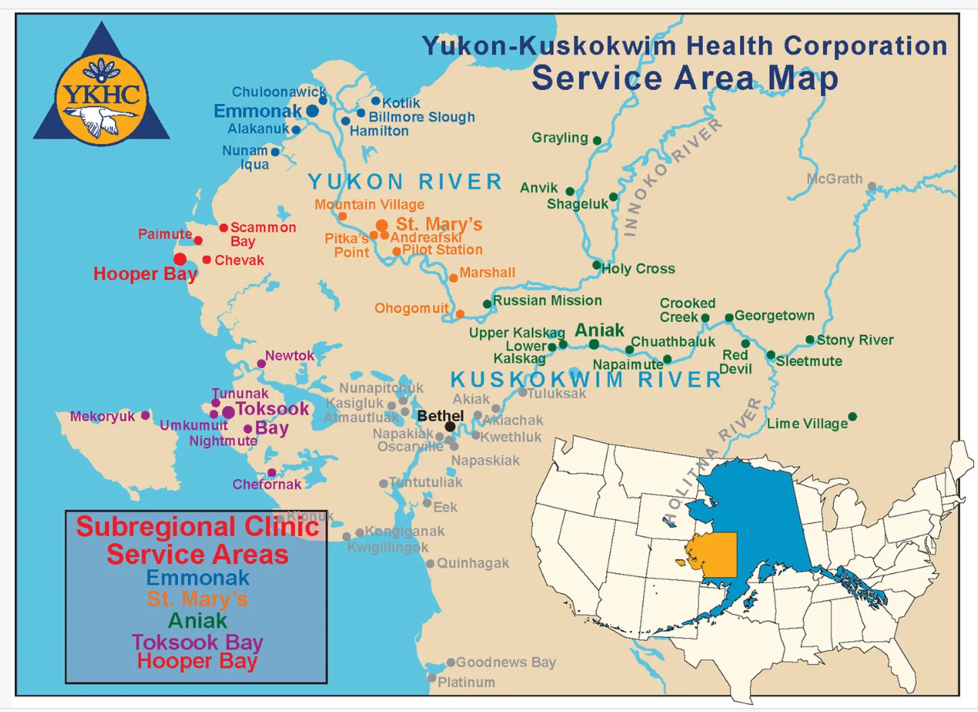"An example of multiple indirect costs comes from a case reported to HOP from the YK Delta. A family of five living in a remote village needed PEP treatment following exposure to a rabid dog. The family was flown to and lodged in Bethel, AK throughout their two-week course of treatment. Further, in small communities like these, indirect costs can have a ripple effect. In this case, one of the family members was a teacher in the village school where there is often only one teacher and grades K-12 may be combined. With no substitute teacher available while the teacher was receiving treatment in Bethel, the school had to close and parents had to attend to children instead of working, ultimately affecting the entire community."
Animal welfare is not a silo!! While this probably seems like an extreme example; we can see the effects locally as well when we are faced with a crisis of any kind. Housing insecurity spilling into fiscal concerns for families, loans for cars mean they're seized so their living space, ability to even find a job...then even the animals. How a mental health trauma can spill into animal care and self care. How a natural disaster can displace so much.
I was so impressed as they talked about the overall cost savings of preventative rabies vaccination over post-op care. Building this cost into your program actually creates savings in the long run.
------------------------------
Rachel Ide
Animal Services Director
Young-Williams Animal Center
TN
------------------------------
Original Message:
Sent: 10-28-2025 08:07 PM
From: T' Fisher
Subject: One Health in Action: Bridging Care for People and Pets in the Yukon–Kuskokwim Delta
Advocating for incorporating public veterinary health care into human health systems
By Laurie Meythaler-Mullins, Cheryl Eia, Allyce H. Lobdell, @Danielle Frey (2025)
READ IT HERE This study focuses on the Yukon–Kuskokwim (YK) Delta of Alaska - one of the most remote and underserved regions in the U.S. Using data from the Hub Outpost Project (HOP), the team explored how bringing veterinary care into existing human health systems can improve both human and animal well-being.
Their findings show how preventative veterinary care, vaccination, spay/neuter programs, and community education can reduce dog bites, rabies exposure, and overpopulation - while strengthening overall community health. It's a powerful example of One Health in action, showing that integrating services isn't just efficient, it's transformative. |

|
At the same time, recent devastation in the YK Delta reminds us how fragile access can be in regions facing environmental and infrastructure challenges. This makes the authors' call for stronger, more connected health systems even more timely.
This publication truly captures the spirit of our Research Topic - collaboration, access, and shared responsibility for the health of people, their animals, and their communities.
|
Call to Action - Read and reflect on the article, especially if your work touches on remote access, veterinary public-health, Indigenous health, or integrated health systems.
- Consider how the HOP model and the authors' recommendations might apply in your own context - what barriers exist, what partnerships are needed, what data would be helpful.
- Help disseminate this research widely (in your networks, at conferences, with policy-makers) - to make sure these findings don't remain academic but translate into action.
- Share your own experiences or insights: Has your community or institution tried embedding veterinary services into human‐health frameworks? What lessons or questions emerged?
|
|
| | |
Thank you to the authors for their important contribution, and to everyone here for continuing to advance One Health approaches in challenging and underserved regions.
------------------------------
T' Fisher, Director of Operations
Program for Pet Health Equity
------------------------------